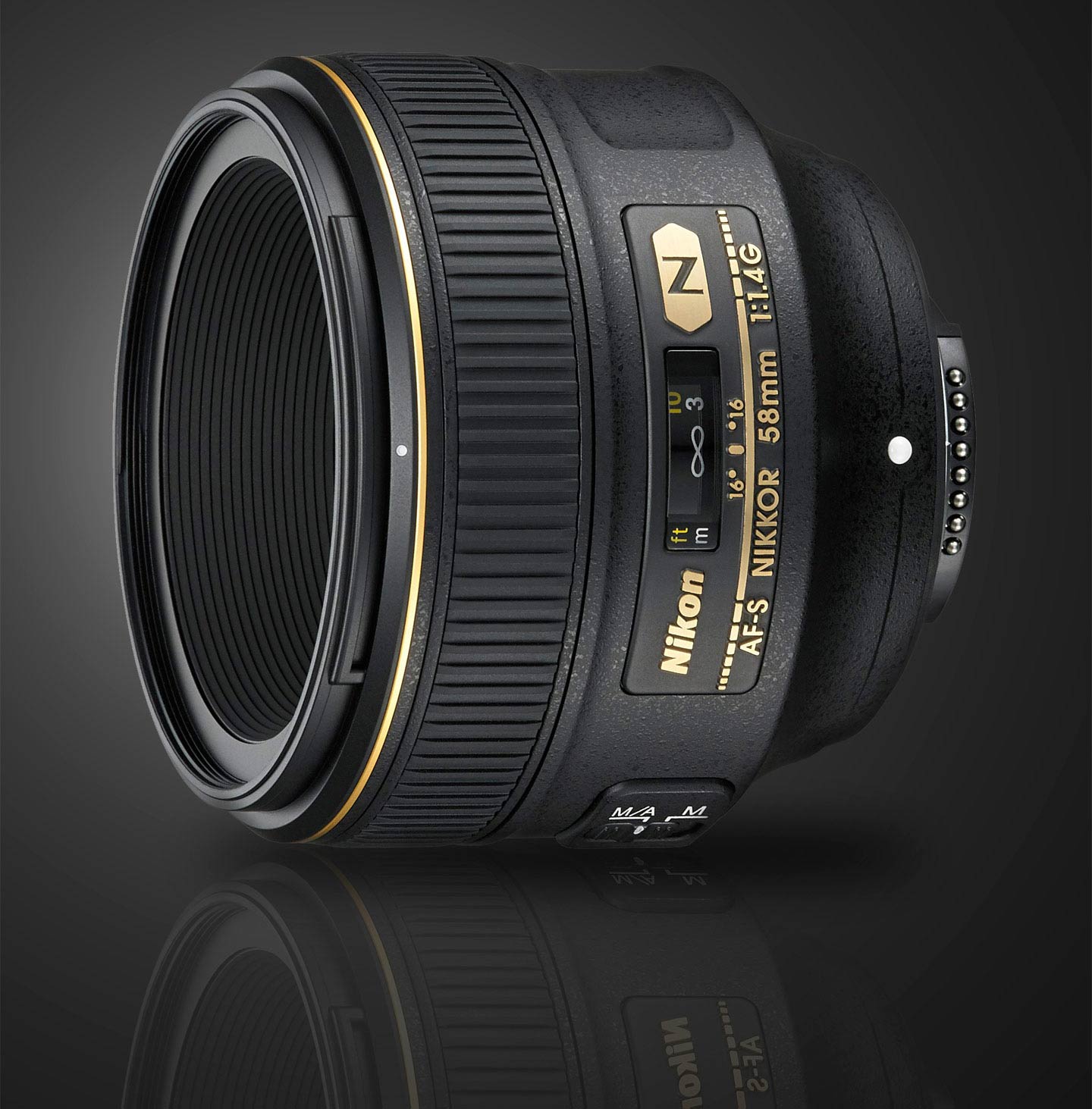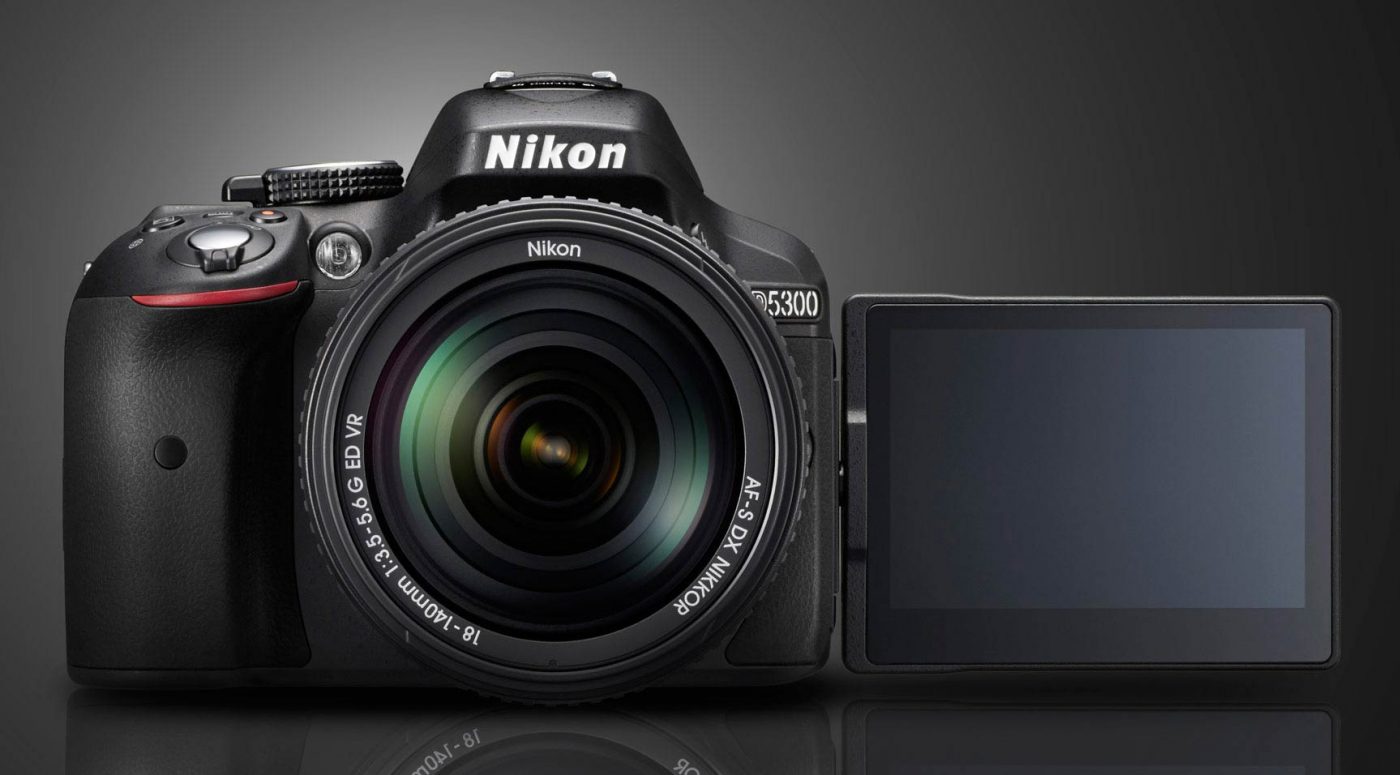This evening, Nikon announced the latest model in the D5000 series: The Nikon D5300. Appearing less than a year after the announcement of its predecessor, the D5200, it’s not surprising that the D5300 appears to simply have a few gizmos tacked on rather than a fresh, new design.
They’re not bad gizmos, though. The D5200’s 24-megapixel sensor has been replaced by D7100‘s 24-megapixel sensor, which lacks an optical low-pass filter (aka anti-aliasing filter) for increased sharpness. Anti-Aliasing filters are actually an expensive component to produce, so much so that they have never been a feature of medium-format sensors, so Nikon’s accountants are undoubtedly happy that AA-free sensors are becoming the chicken-wings 1 When I was a kid, chicken wings were not much more than butcher’s scraps, but during the 1990s, the wing-fad elevated them to the degree that today, a single chicken wing costs more at McDonalds than a double cheeseburger. of the 2010s.
In addition to the new sensor the D5300 now boasts on-board GPS for tagging images, and built-in Wi-Fi. While these are both very useful tools, they’d have been somewhat more impressive in an age when disposable, pre-paid cell phones didn’t carry the same features for $50.
The D5300 also has received a processor upgrade, now with the Expeed 4 under the hood. While the processor may have a little extra work to do handling the potential moire from the new sensor, there are no other obvious benefits: the frame rate remains the same (with a maximum of 5 fps), as do the camera’s other essential stats.
It is hard to believe that Nikon will sell many of these cameras, though, since this beast will NOT be available in metallic brown! Good Lord, Nikon… what were you thinking?

Also announced this evening is a new large aperture prime lens: the AF-S 58mm f/1.4. Nikon’s timing here is remarkable; it was only weeks ago, when I was in the middle of a shoot with my Nikon AF-S 50mm f/1.4G lens, when I found myself saying “Aaargh! If only this lens could give me an extra 8mm of reach!” And already, my dreams have come true.
But while the 50mm lens may find favor with the masses with it’s price point under $450, the 58mm model will appeal to those photographers with real taste at a paltry $1700 when it hits store shelves later this month. Nikon justifies this price with claims of the lens’s high resolving power and lack of “sagital coma”.
UPDATE:
If you’re interested in why the Nikon 58mm f/1.4 is so expensive, I recommend reading an interview posted by Nikon about the lens’ design. It is interesting and informative, and explains what makes this lens different from other prime lenses.




